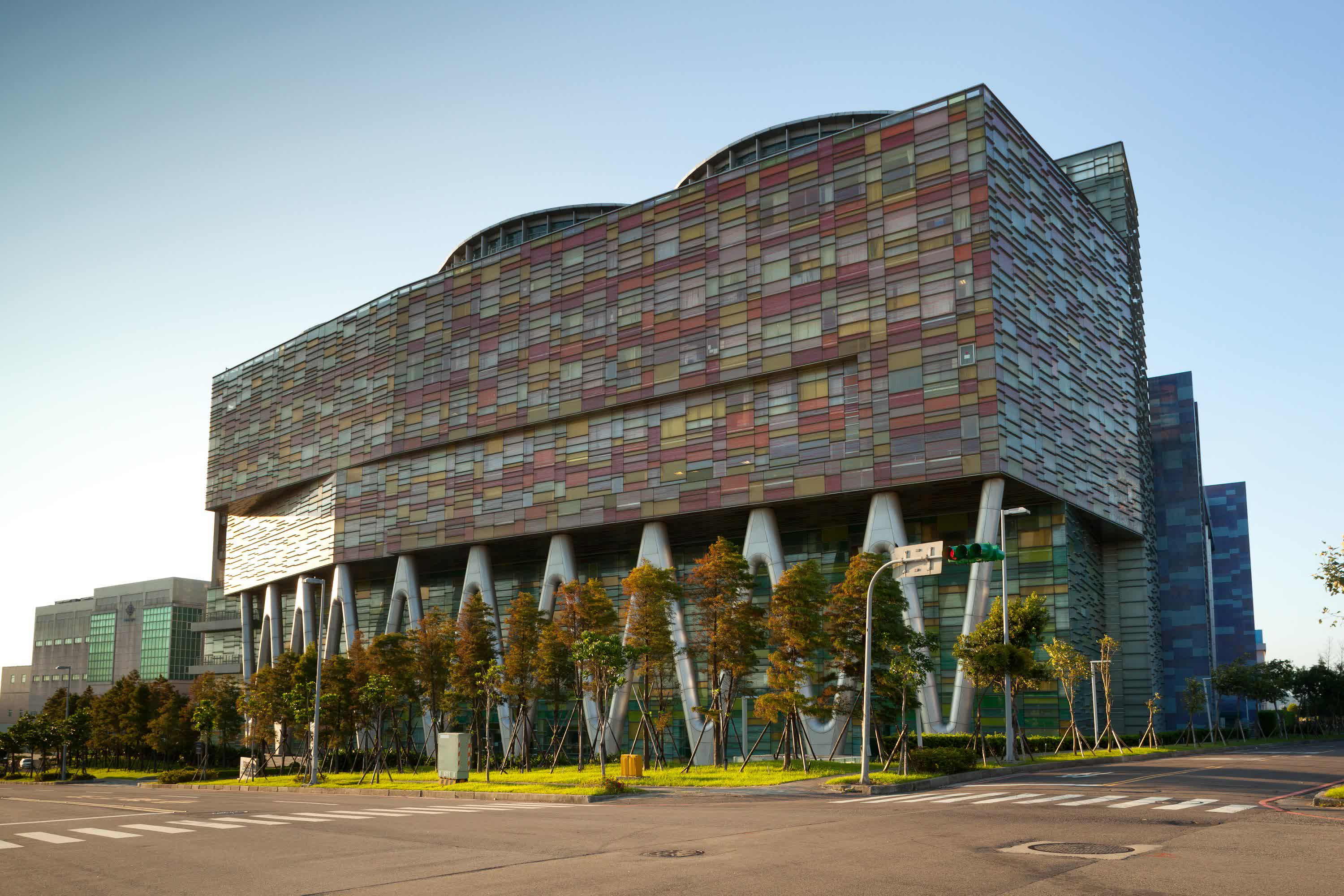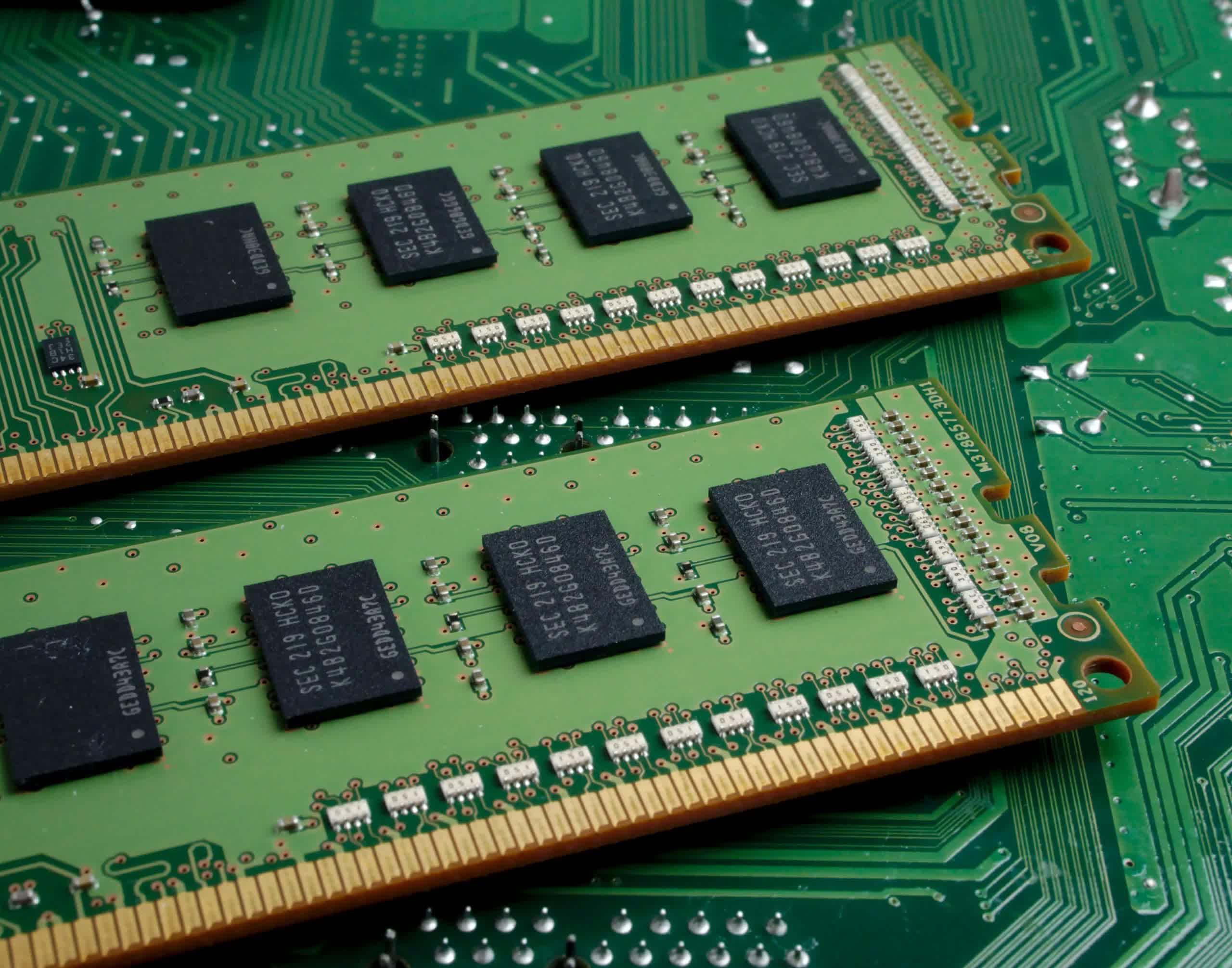In brief: Recent disruptions at a Micron Technology manufacturing plant in Taoyuan, Taiwan, could result in a price hike for DRAM chips, depending on how long it takes for the company to resume operations at the facility.
Memory prices could rise after a magnitude 6.2 earthquake struck Taiwan on Sunday, affecting production at several semiconductor fabs, including a Micron Technology manufacturing plant. Thankfully, the earthquake didn't result in any injuries or loss of life, and the company said in a statement that all team members in Taiwan are safe.
As a result of the earthquake, Micron had to stop Fab 11, which is located near Taoyuan. The company is currently trying to assess the impact on the facility to determine the appropriate measures needed to return it to full production capacity. Rival DRAM manufacturer Nanya says its production facility in the region is operating normally following the earthquake, although it does expect to see a small hit on the monthly output in the short term. TSMC temporarily evacuated its workers from a few facilities in northern Taiwan, but otherwise didn't see an impact on production.

Micron currently makes around nine percent of the world's DRAM chips, and the Taoyuan plant is responsible for more than a third of the company's global production capacity. As is usually the case with factory shutdowns, DRAM prices could see an increase depending on how long it takes to examine the equipment, whether or not anything needs to be repaired or replaced, and how many wafers were damaged.
This could be a matter of days or it could stretch to several weeks, which is why investors are already pumping the company stock hoping to profit from the expected increase in DRAM prices. However, industry watchers as well as DRAM manufacturers predict a decrease in memory prices as most device manufacturers have enough stockpiles to last them for more than two months.
In related news, Micron is looking to build a $7 billion DRAM plant in Japan which could become operational in 2024. At the same time, the company will spend up to $150 billion on research and development as well as capital expenditures over the next 10 years, and is contemplating building a manufacturing plant in the US.
